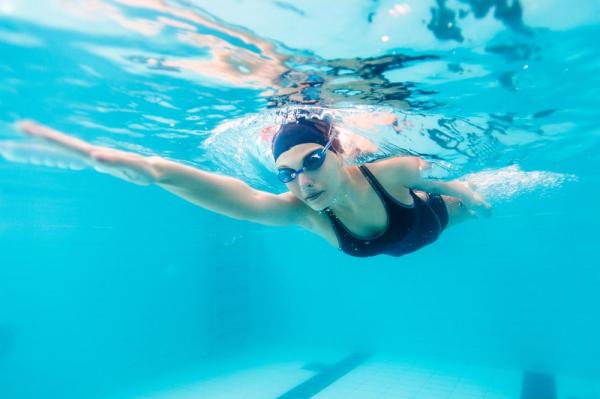
SAO PAULO, Aug. 19 (UPI) — Fibromyalgia is a difficult to treat condition characterized by widespread pain and sensitivity throughout the body, but light exercise such as walking has been found to relieve some measure of patients’ discomfort.
Swimming was found by researchers at the Federal University of São Paulo to be at least as good as walking at relieving fibromyalgia symptoms, offering patients who can’t walk because of other conditions an activity that may help their condition.
About 5 percent of women are affected by fibromyalgia, making it a significant issue for public health. In addition to pain, the condition can also cause sleep disorders and reduced levels of serotonin causing depression and other alterations to the autonomic nervous system.
“Physical exercise is an essential component of any treatment for fibromyalgia, and plenty of studies have demonstrated that low-impact aerobic exercise offers the most benefits,” Dr. Jamil Natour, a professor rheumatology at the Federal University of São Paulo, said in a press release. “However, not everyone likes or is able to do the same kind of physical activity, so our group decided to test alternatives.”
For the study, published in the journal Archives of Physical Medicine and Rehabilitation, researchers recruited 75 women between the ages of 18 and 60, assigning 39 to a swimming group and 36 to a walking group, measuring their condition before and after 12 weeks of engaging in the activity for 50 minutes three times a week.
Average pain intensity decreased in both groups significantly based on a visual scale ranging from 0 centimeters to 10 centimeters, with 10 as the worst pain: Members of the walking group reported pain decreasing from 6.2 to 3.6 and those in the swimming group said pain dropped from 6.4 to 3.1.
Based on the participants’ scores on the Medical Outcomes Study 36-Item Short-Form Health Survey, the social and mental health of both groups also improved dramatically. In the walking group, participants’ social interaction rose from a score of 52 to 72 and their mental health improved from 51.1 to 66.8, while those in the swimming group improved from 56 to 80 in social interaction and from 55.7 to 68 in the walking group.
“Swimming hadn’t been evaluated with proper scientific rigor,” Natour said. “The results of this clinical trial showed swimming was as beneficial as walking, whose positive effects have clearly been demonstrated. Swimming can be a preferable option for a person who suffers from both fibromyalgia and knee arthrosis, for example.”





